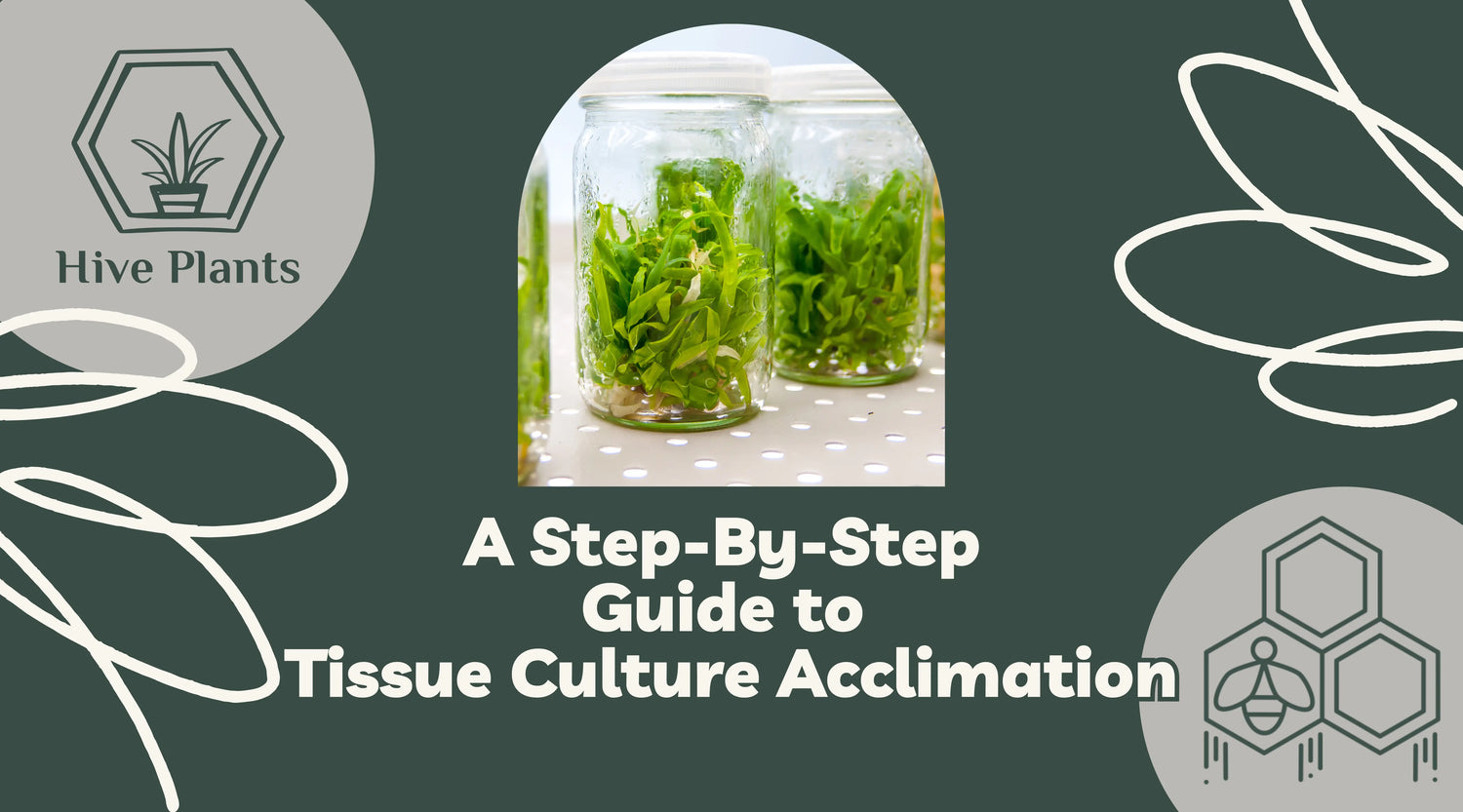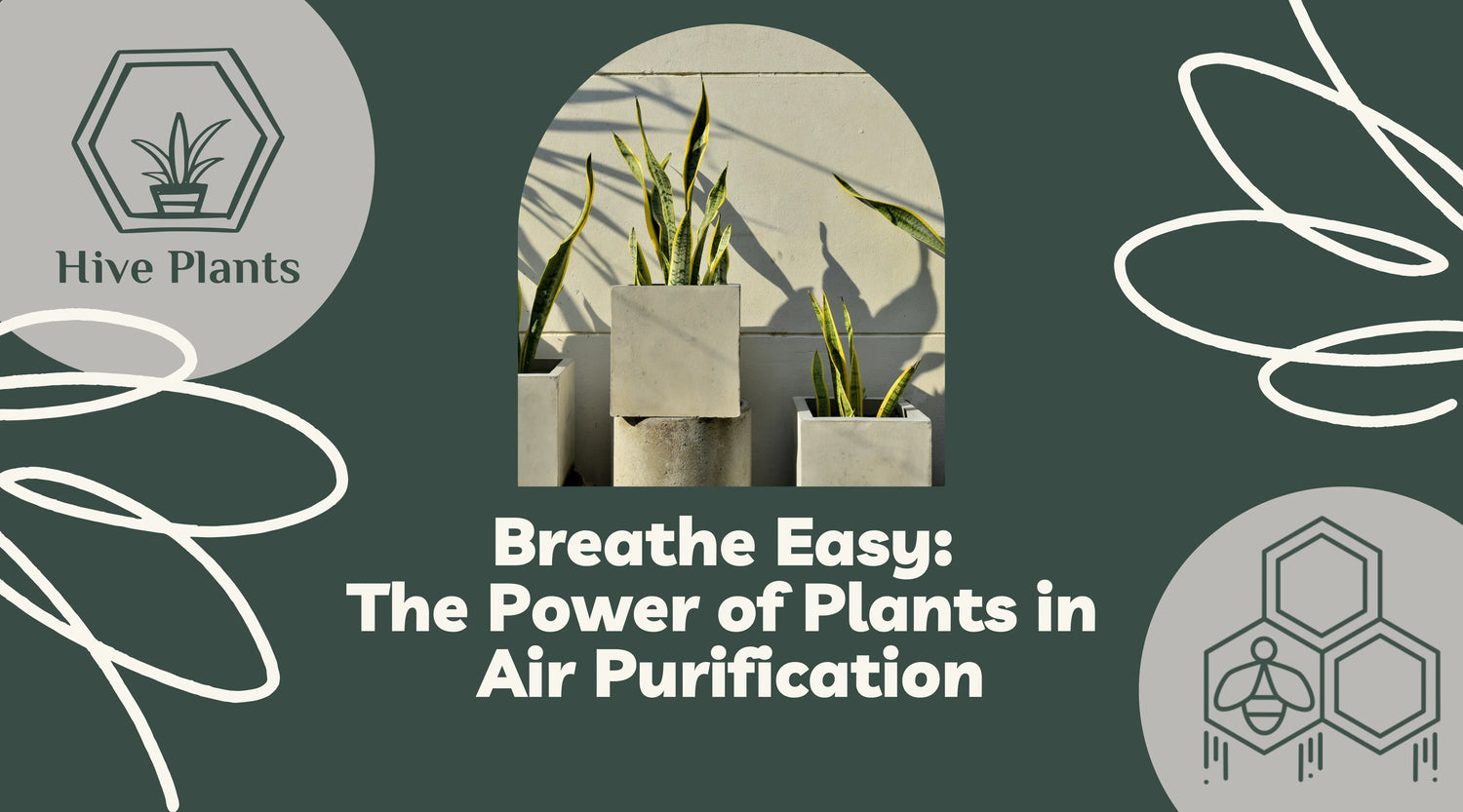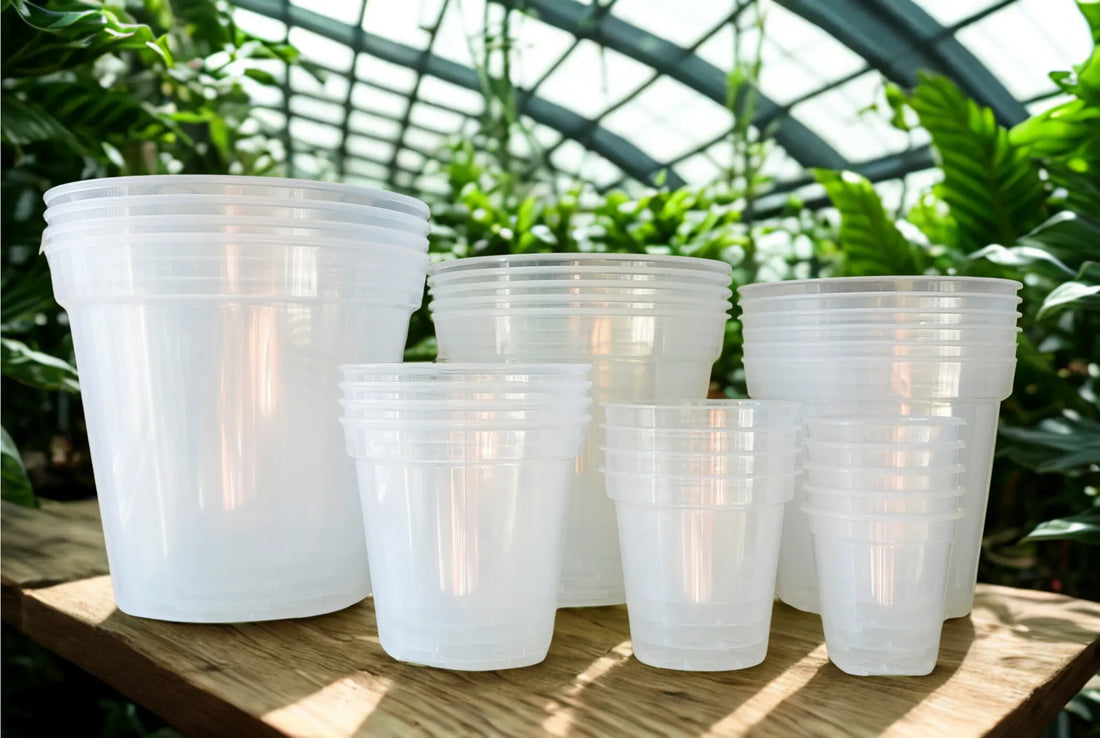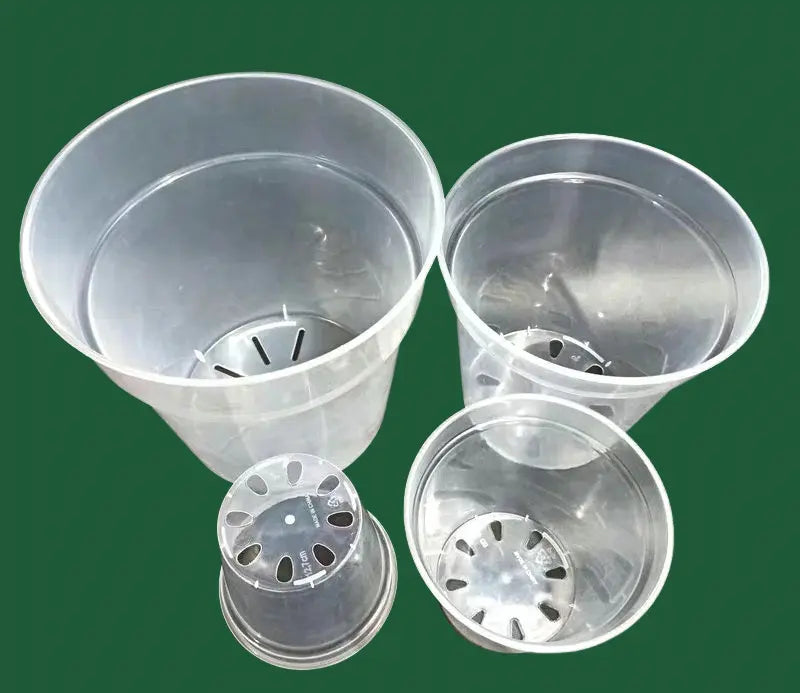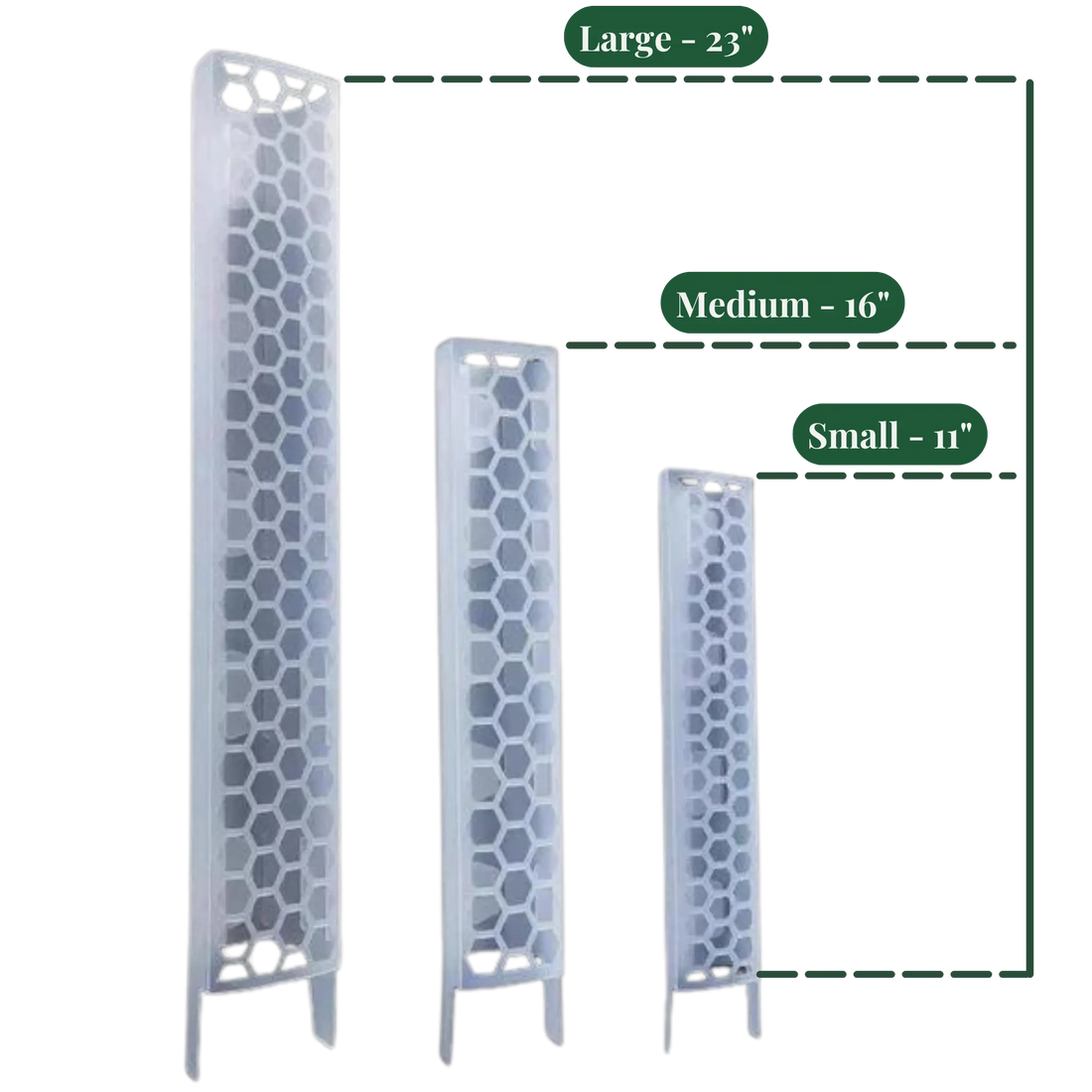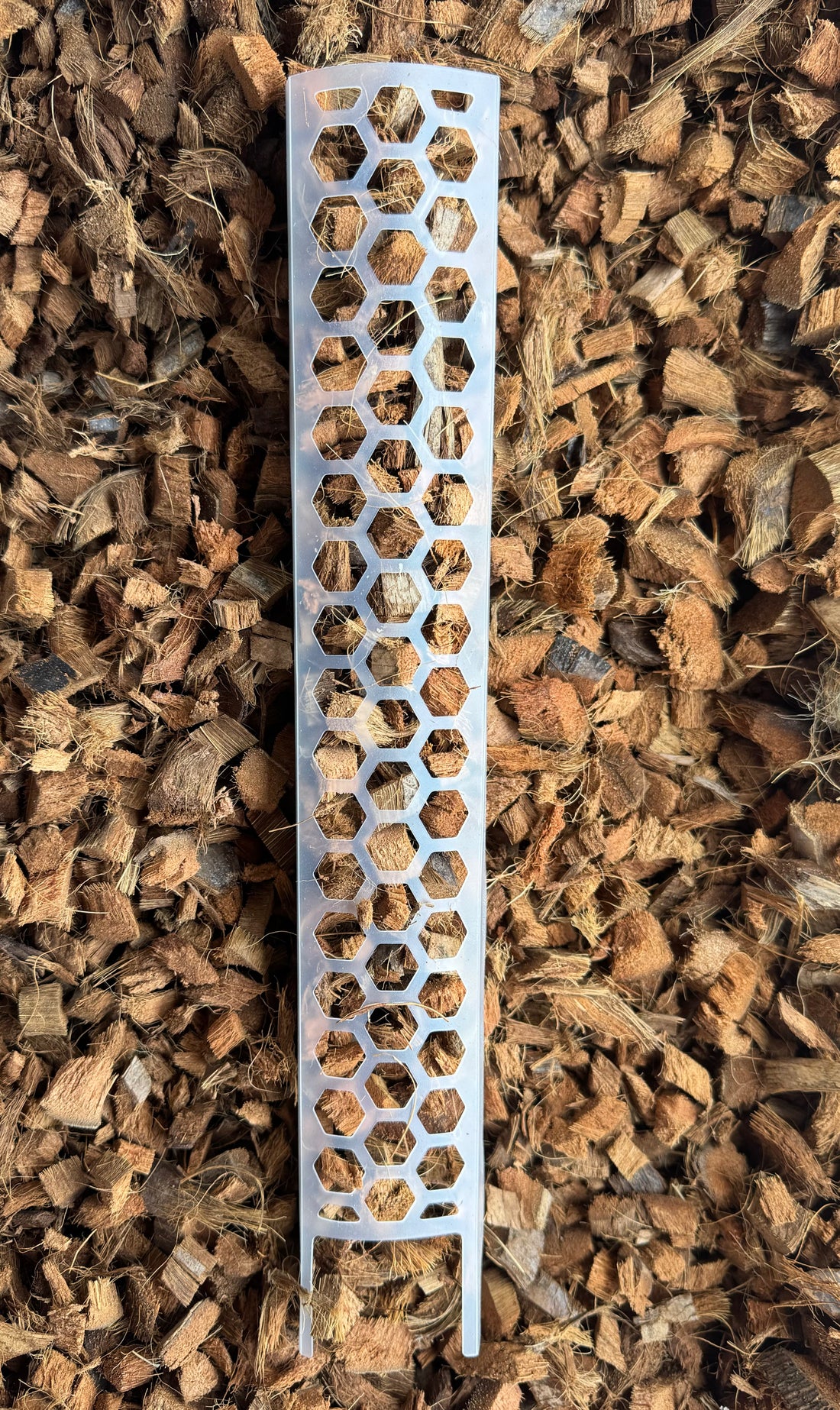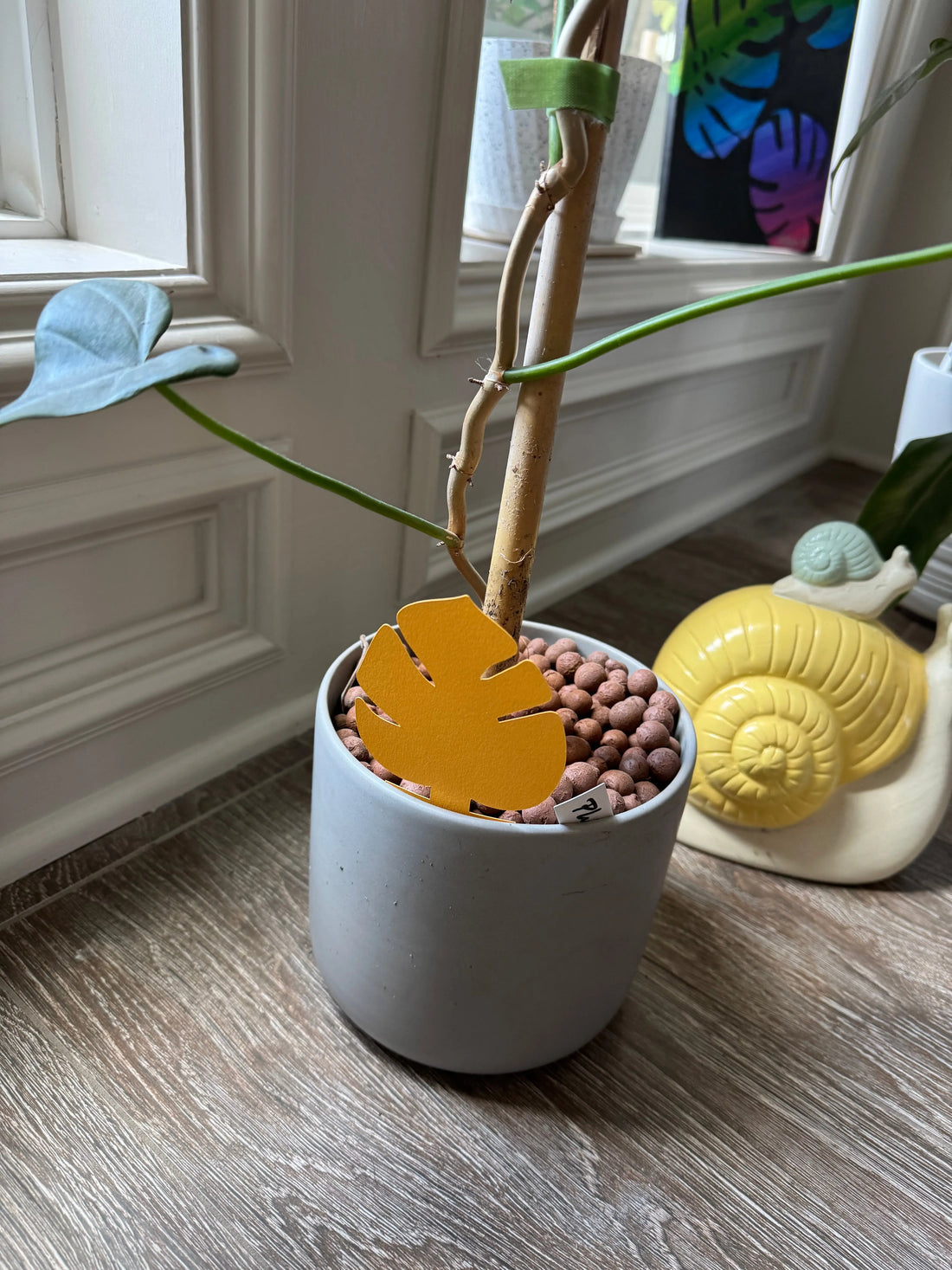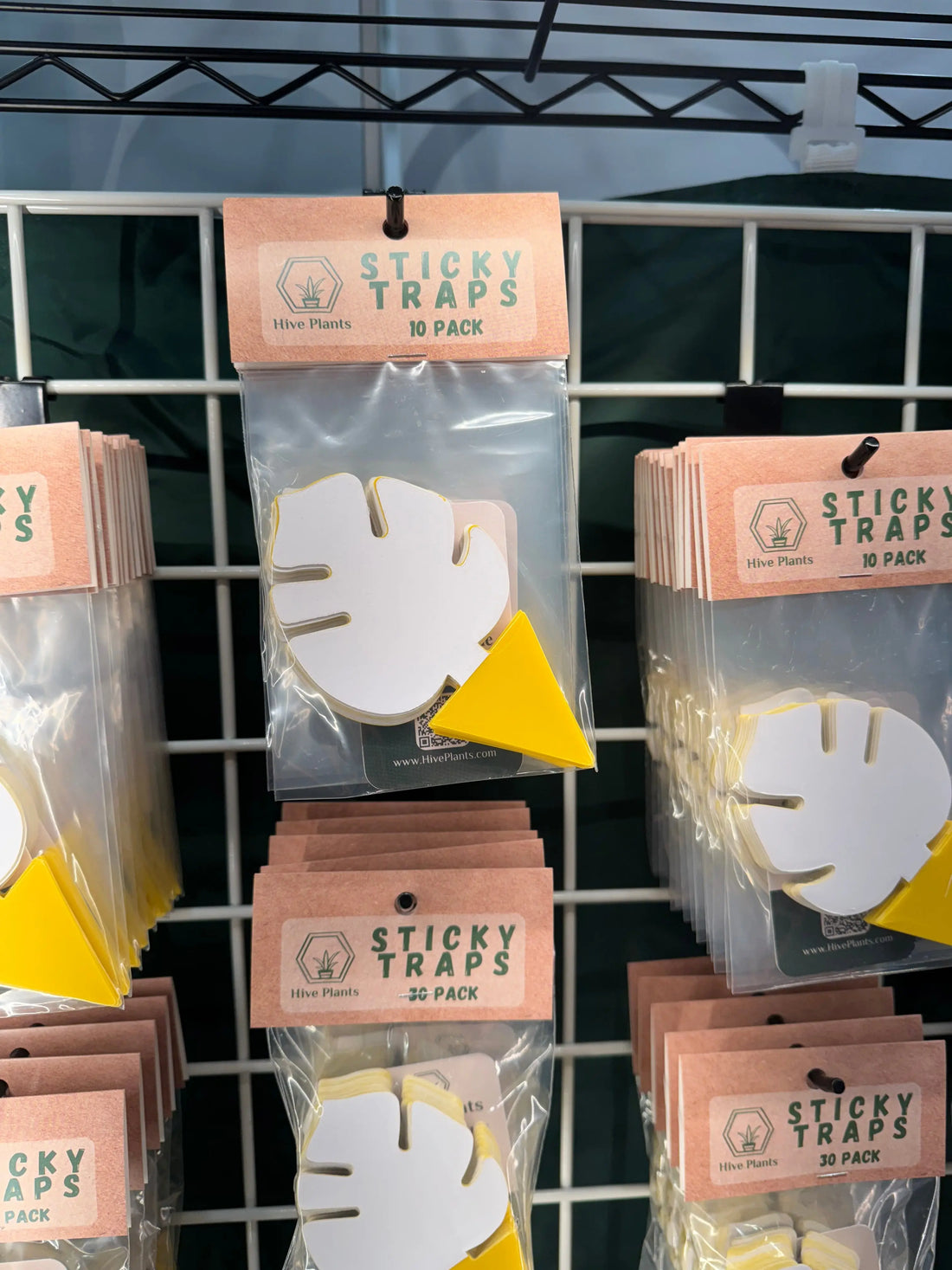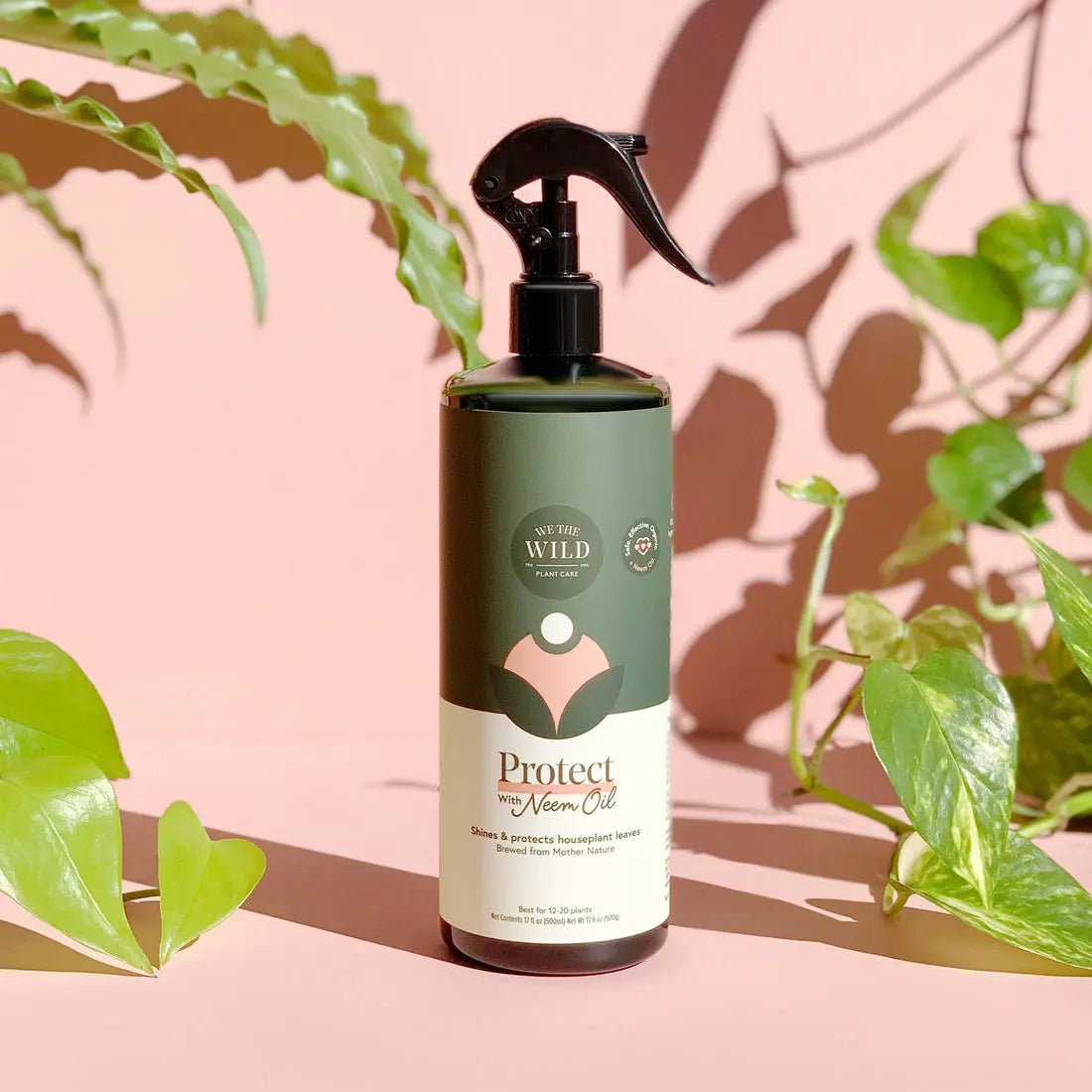Bromeliads are a diverse and captivating family of plants that can add a touch of exotic beauty to any indoor or outdoor space. With their striking foliage and unique growth habits, bromeliads are a favorite among plant enthusiasts. However, like any plant, they require specific care to thrive. In this comprehensive guide, we'll dive into the world of bromeliad care, covering everything from light and water requirements to common problems and even pet safety.
Light
Bromeliads are typically low-light plants that thrive in bright, indirect light. They can tolerate some direct sunlight, but too much can scorch their leaves. For optimal growth, place your bromeliad near a window with filtered or diffused sunlight. Indoors, east or west-facing windows are usually ideal.
Water
Bromeliads are relatively low-maintenance when it comes to water. They have specialized structures called "tanks" or "cups" in the center of their rosettes that collect water. It's crucial to keep these tanks filled with clean, non-chlorinated water. Water the soil sparingly, allowing it to dry out slightly between waterings. Always use room-temperature water to prevent shock to the plant.
Temperature & Humidity
Bromeliads prefer temperatures between 60°F to 80°F (15°C to 27°C). They are sensitive to cold drafts and frost, so protect them from extreme cold. To mimic their natural tropical habitat, maintain moderate to high humidity levels around your bromeliad. Regular misting or placing a humidity tray nearby can help achieve the desired humidity.

Soil
Bromeliads are epiphytic, which means they naturally grow on trees or rocks, drawing nutrients from the air and rain. In pots, use a well-draining potting mix, such as a blend of orchid bark, perlite, and peat moss. Avoid heavy, compacted soils that can lead to root rot.

Re-Potting
Bromeliads typically do not require frequent repotting. Repot only when the plant has outgrown its container or the soil has become exhausted of nutrients. Use a pot that allows for good drainage, and choose a size that leaves a couple of inches of space around the plant's base.
Fertilization
Feed your bromeliad sparingly, as they are not heavy feeders. Use a water-soluble, balanced fertilizer diluted to half the recommended strength. Apply this fertilizer to the plant's tank or cup rather than the soil. Do this every 2-3 months during the growing season (spring and summer).
Pet Safe
Bromeliads are generally non-toxic to pets, making them a safe choice for homes with cats and dogs. However, the plant's sharp leaf tips can be a potential hazard if a curious pet decides to chew on them. Place your bromeliad in a location that's out of your pet's reach to prevent any accidents.
Common Problems
Although relatively easy to care for bromeliads can face a few common issues:
-
Root Rot: Overwatering or poorly draining soil can lead to root rot. Ensure your bromeliad's pot has proper drainage and let the soil dry slightly between waterings.
-
Brown Tips: Dry, brown leaf tips can result from low humidity or underwatering. Mist the plant regularly and maintain consistent moisture.
-
Pests: Occasionally, bromeliads can attract common houseplant pests like aphids or mealybugs. Treat any infestations promptly with natural remedies or insecticidal soap.
-
Bloom Loss: After flowering, bromeliads often produce "pups" or offsets. The mother plant may eventually decline, but the pups can be repotted to continue the cycle.
Ready to add a Bromeliad to your collection?



